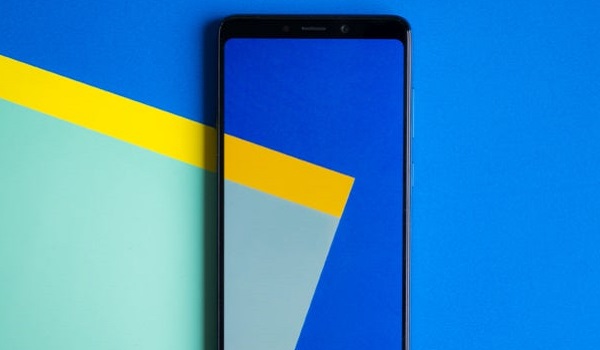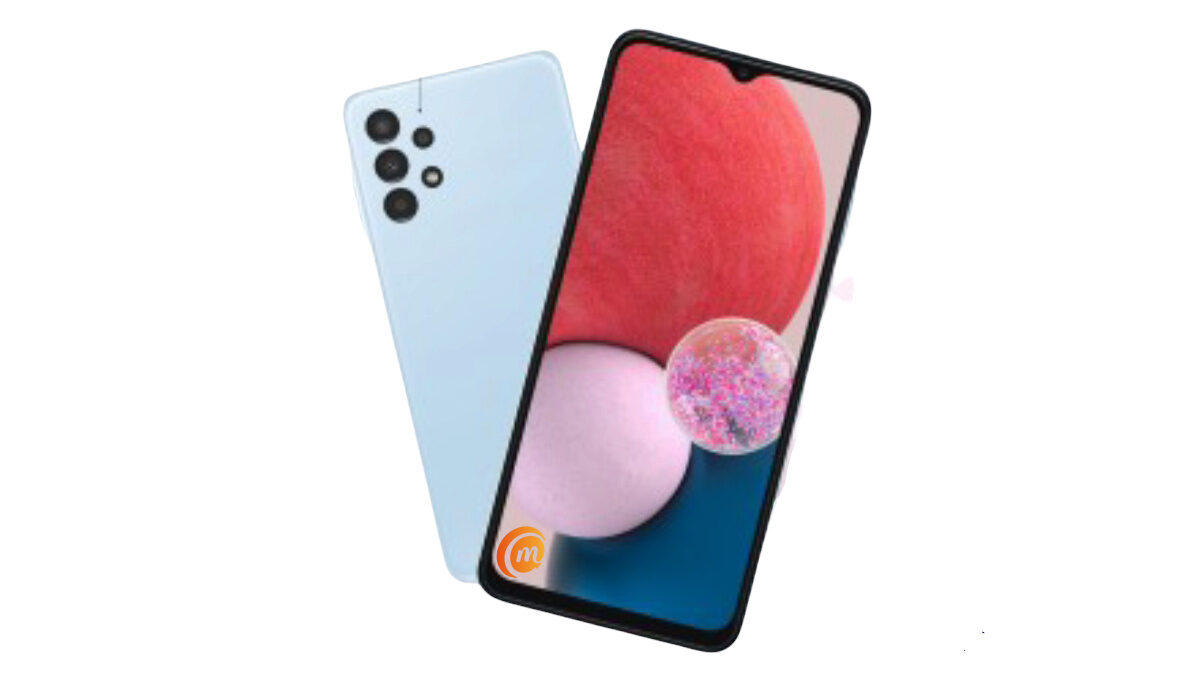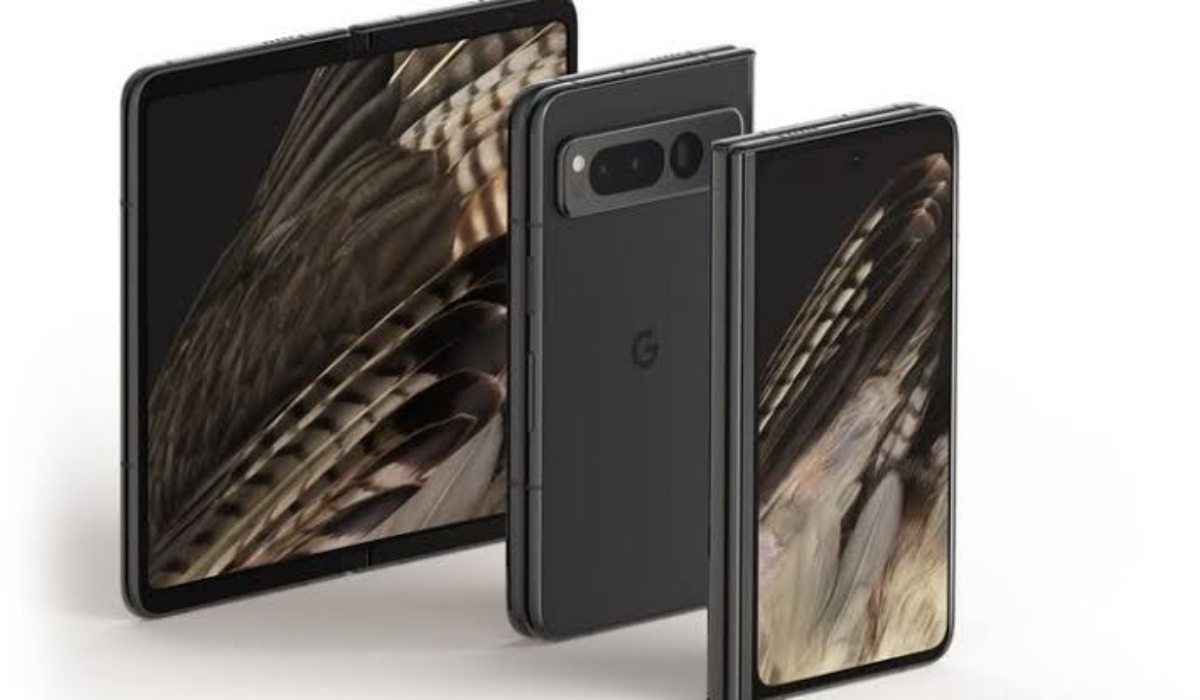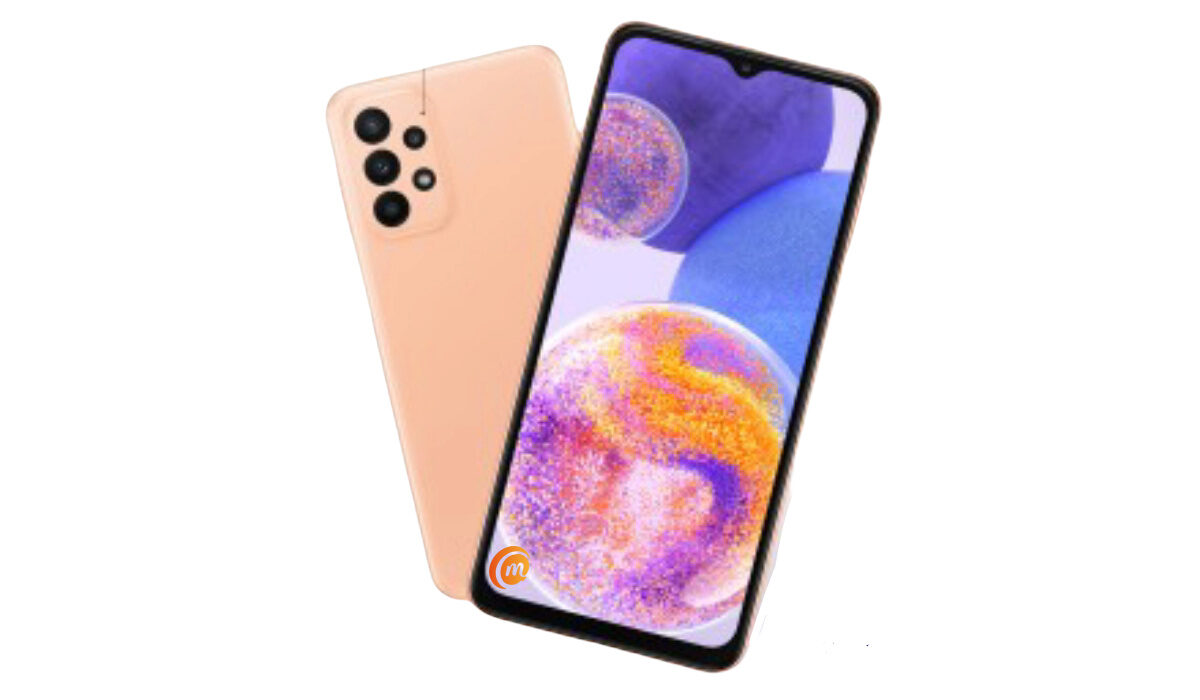TFT and LCD are two different types of electronic displays used in computers, TVs, and smartphones. For example, when going through the specs of different cell phones, you will notice that some are listed as having a TFT display and others as having an LCD display.
TFT and LCD are two of the most common types of displays found on mobile phones. Other common types are OLED, AMOLED, Super AMOLED, and IPS-LCD, and while I will touch on some of these others briefly, I am keeping the focus of this article primarily on TFT and LCD. Let’s start by exploring what these two abbreviations mean.

Table of Contents
What is a TFT Display in phones?
TFT stands for Thin-Film transistor and is a phone display technology designed to show quick animations, complex graphics, and custom fonts on your phone screen. TFT display works by having one transistor connected to each of the pixels on your screen.
What is an LCD Display in phones?
LCD stands for Liquid Crystal Display and is a flat-panel display technology that uses light-modulating properties of liquid crystalline compounds to produce images on the phone screen. The display consists of several layers, including a backlight, polarizers, and color filters, and each pixel is controlled by a transistor. When an electric current passes through the liquid crystals, they twist and untwist to allow or block light, creating the images that we see on the screen.
TFT vs LCD: Differences between them
TFT: stands for “thin-film transistor.” They are actually a kind of LCD panel that uses thin film transistor technology to deliver sharper and brighter images. TFT panels also tend to be plastic, meaning they are less susceptible to break or crack on impact with the floor or other hard object. Plastic displays are used on entry-level phones. As you go higher, plastic gets replaced with glass, meaning LCD, IPS, AMOLED, etc.

A key weakness of TFT panels is that they do not have wide viewing angles, so they are better suited to displays that require you to view head-on. This can be a good or a bad thing, depending on your needs. For example, the narrower viewing angles mean people sitting or standing around you are less likely to be able to snoop on what you are doing on your mobile phone.
TFT panels are cheaper to manufacture, but they also consume much more power than regular LCD panels. Lastly, they have poorer sunlight visibility. You will find TFT displays on feature phones, smart feature phones, and low-end Android phones.
LCD: This is an abbreviation for “liquid crystal display”. It is a flat panel display with wider viewing angles compared to TFT. They also have lower power consumption and so deliver much better battery life than their TFT counterparts.
TFT vs LCD: Summary
In summary, while TFT panels have some distinct advantages, they fall short in other areas and so their use have been limited to low end phones, from feature phones to entry-level Android phones. Plastic feels inferior to touch than glass, which means that TFT screens don’t get to feature much on mid-range and premium devices.
As we see improvements to TFT technology, we will see them deployed on higher end devices over time. In 2022, Samsung used TFT displays in its mid-range Galaxy A13 and Galaxy A23. Perhaps those improvements are happening already.
For now, LCD is the most widely used display type in modern smartphones. At the very top end, we have premium flagships using OLED and AMOLED displays.

2023 Update: With the arrival of foldable devices, we are also now seeing foldable variants of OLED and AMOLED displays in the market. It is safe to say that OLED and AMOLED screen types have proper cornered the premium, high-end smartphone market.
Which is better – TFT or LCD?
TFT displays are higher quality components than regular LCD displays. TFT displays are sharper, brighter, and refresh better than LCD panels. However, they have weaknesses that make them unsuitable for higher end phones.
OLED vs LCD – which is better?
Compared to LCD, OLED panels have better color reproduction, faster response times, wider viewing angles, and better brightness.
LCD vs AMOLED – which is better?
AMOLED panels have all the benefits of OLED screens, which means they are better than LCD panels. They are expensive though, and so are used in high-end smartphones only.
What are Super AMOLED displays?
These are improved versions of AMOLED screens and were developed by Samsung. They are also thinner. The name explains it: think of Super AMOLED as AMOLED on steroids.
What is Retina display?
Retina Display is a term used by Apple for its IPS LCD screens.
